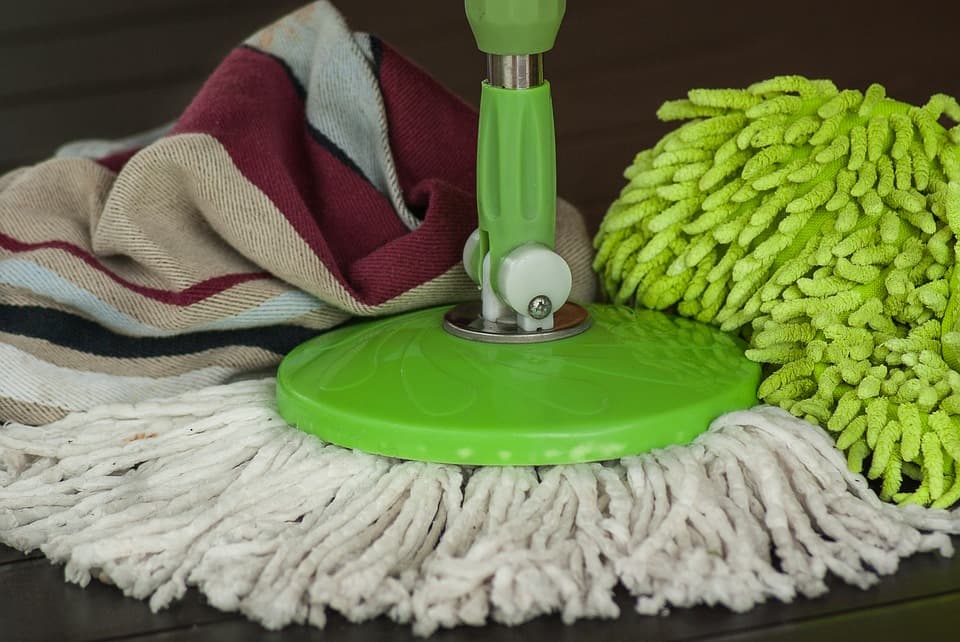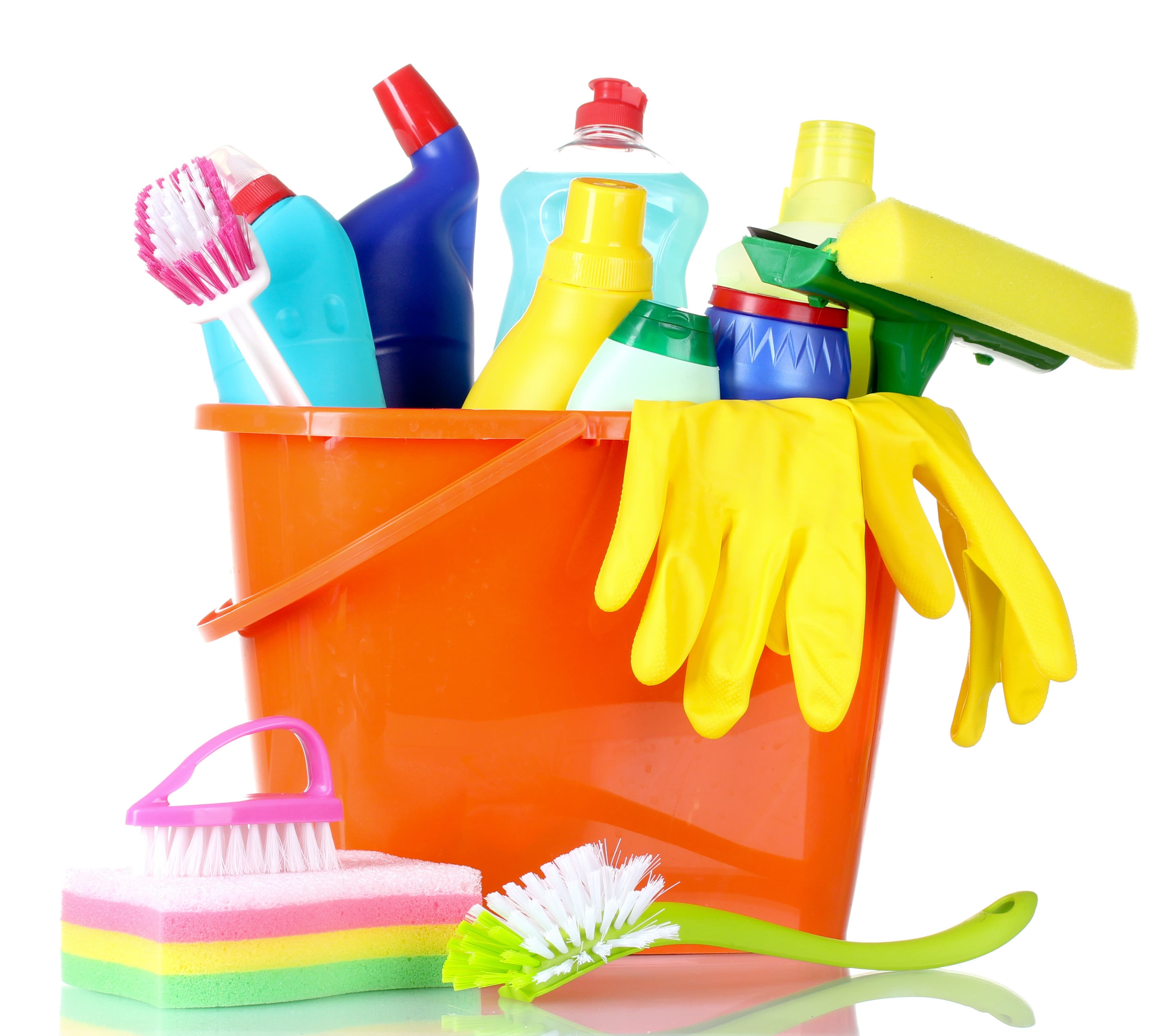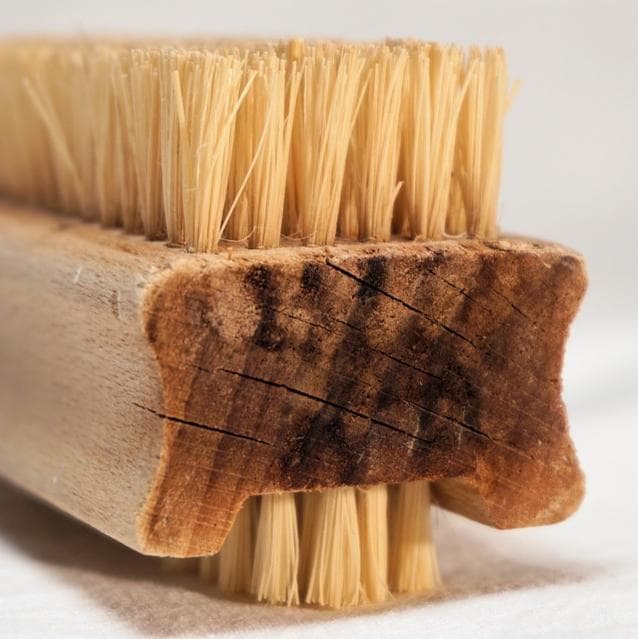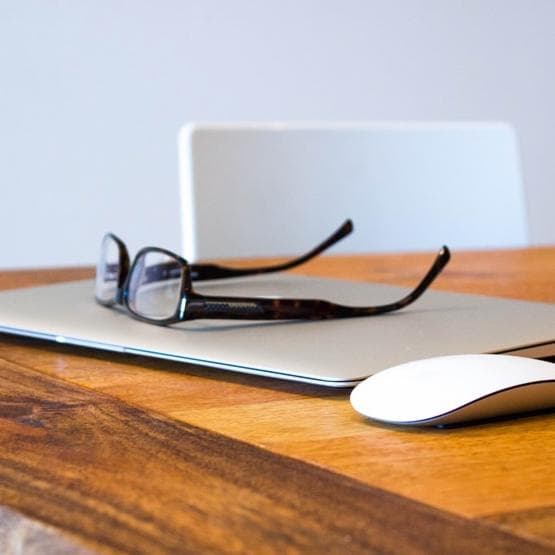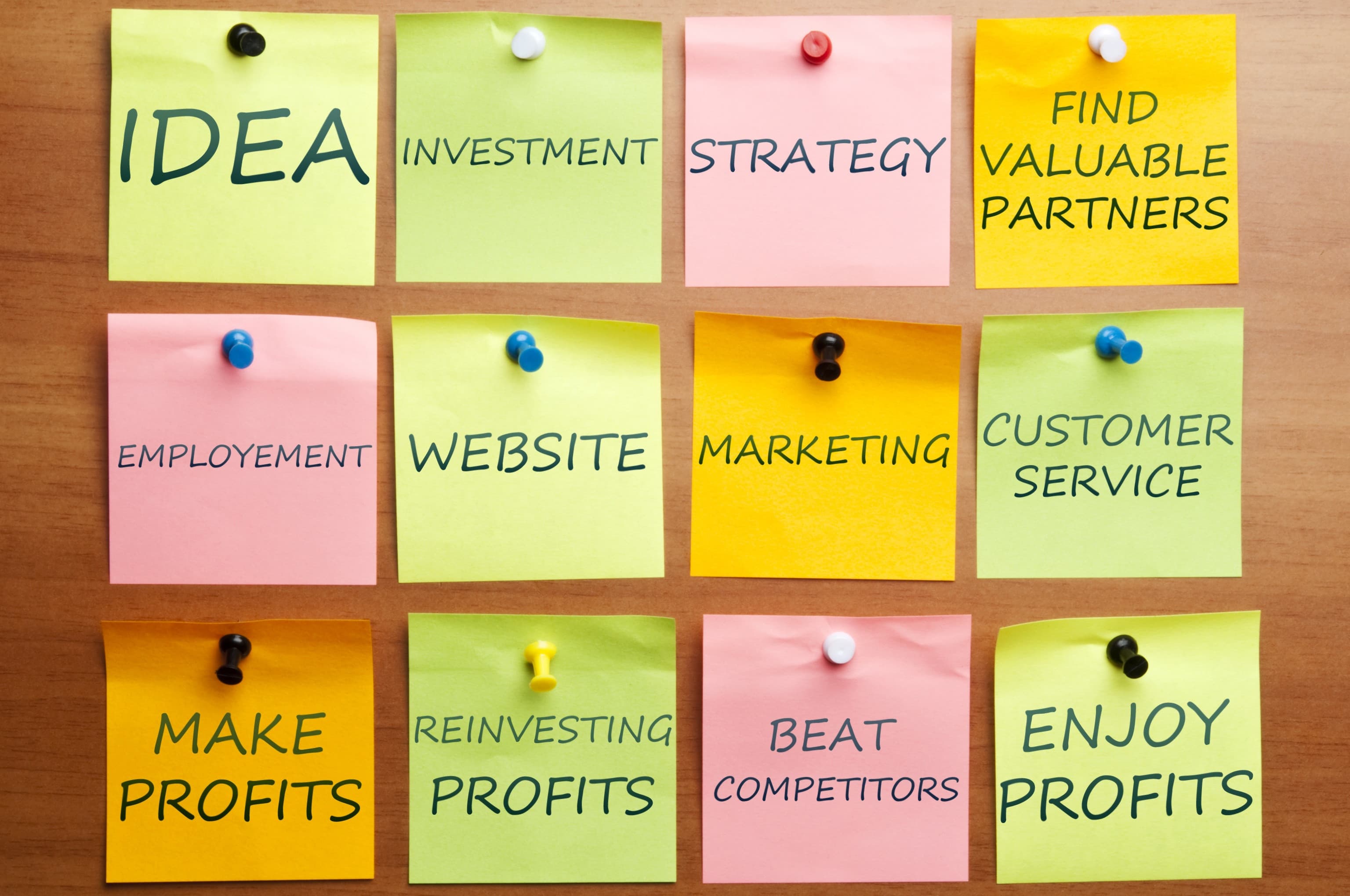Office Cleaning Checklist
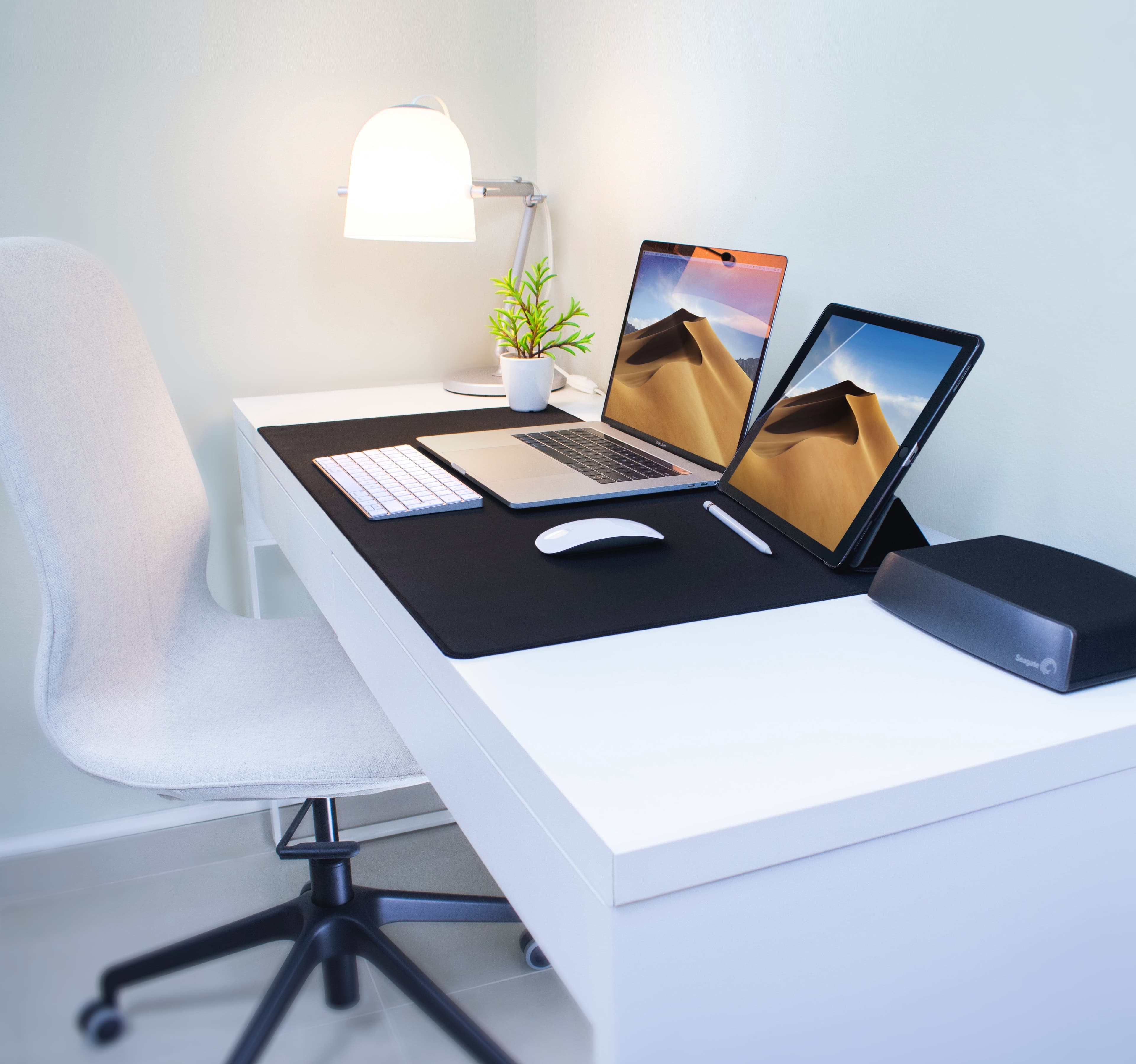
Introduction
Details
Summary of Main Tasks:
This Office Cleaning Checklist includes a comprehensive range of tasks to ensure every corner of your workspace remains spotless and organized. Key areas covered include the reception lobby, office rooms, restrooms, conference rooms, and kitchen areas. You’ll find detailed instructions for routine tasks such as emptying trash bins, dusting surfaces, and cleaning floors. Additionally, the checklist provides guidance on weekly and monthly deep-cleaning tasks, including polishing floors and sanitizing all major surfaces. By following these tasks, you’ll maintain a hygienic and professional work environment consistently.
Using the Checklist App:
Our Checklist App makes managing office cleaning tasks easy and efficient. Save this checklist to your account, and customize it to fit your specific office needs. You can set reminders for daily, weekly, and monthly tasks, ensuring nothing is overlooked. The app’s syncing feature keeps everyone on the same page by updating tasks across devices, allowing you to collaborate with team members effortlessly. Share the checklist with colleagues or cleaners, and track progress in real-time to ensure that every task is completed to your satisfaction.
Tips & Pitfalls:
For optimal results, make sure to schedule regular cleaning sessions to keep your office environment consistently clean. Pay special attention to high-touch areas like phones, door handles, and countertops to reduce the spread of germs. Avoid using harsh chemicals that could damage surfaces or cause irritation. Be sure to regularly restock cleaning supplies to avoid running out during crucial cleaning times. Finally, engage with your team to ensure they understand their responsibilities and the importance of maintaining a clean workspace. Consistent cleaning habits will not only keep your office looking professional but also contribute to a healthier work environment.
Suggest Improvements
Office Cleaning Checklist Frequently Asked Questions
What is the daily cleaning checklist for offices?
A daily cleaning checklist for offices ensures that all essential tasks are completed to maintain a clean and healthy work environment. Key items on the checklist include:
- Dusting surfaces: Desks, shelves, and electronics.
- Vacuuming and mopping floors: To remove dirt and debris.
- Sanitizing high-touch areas: Door handles, light switches, and shared equipment.
- Emptying trash bins: To prevent odors and clutter.
- Cleaning restrooms: Ensure they are sanitized and stocked with supplies.
- Wiping down kitchen areas: Including countertops and appliances.
By following this checklist, you can create a more pleasant workplace while reducing the spread of germs.
What is needed for office cleaning?
To effectively clean an office, a variety of supplies and equipment are necessary. Here’s a comprehensive list of what you might need:
- Cleaning solutions: All-purpose cleaners, disinfectants, and glass cleaners.
- Tools: Mops, brooms, vacuum cleaners, and dusters.
- Microfiber cloths: For dusting and wiping surfaces without scratching.
- Trash bags: For collecting waste from bins.
- Personal protective equipment (PPE): Gloves and masks to ensure safety during cleaning.
- Restroom supplies: Toilet paper, soap, and paper towels.
Having the right supplies not only streamlines the cleaning process but also ensures that all areas are thoroughly cleaned.
What is expected of an office cleaner?
An office cleaner plays a crucial role in maintaining a tidy and hygienic workspace. Expectations typically include:
- Regular Cleaning Tasks: Completing daily tasks such as dusting, vacuuming, mopping floors, and sanitizing surfaces.
- Attention to Detail: Ensuring that all areas, including restrooms and kitchen spaces, are cleaned properly.
- Reporting Maintenance Issues: Notifying management about any repairs needed in the office (e.g., broken fixtures).
- Time Management: Completing cleaning tasks within designated time frames without compromising quality.
- Adherence to Safety Protocols: Following proper procedures when using cleaning chemicals or equipment.
By meeting these expectations, office cleaners contribute significantly to employee health and productivity.
What does office cleaning consist of?
Office cleaning encompasses a variety of tasks aimed at maintaining cleanliness and hygiene in the workplace. Key components include:
- Dusting: Removing dust from surfaces such as desks, computers, and shelves.
- Floor Care: Sweeping, vacuuming, or mopping hard floors; carpet cleaning may be included regularly.
- Sanitization: Disinfecting high-touch areas like door handles, keyboards, and phones to reduce germs.
- Restroom Maintenance: Cleaning toilets, sinks, mirrors, and replenishing supplies like toilet paper and soap.
- Kitchen Cleaning: Wiping down counters, cleaning appliances, and emptying trash bins in break areas.
These activities are essential for promoting a healthy work environment.
How do I create a cleaning schedule for my office?
Creating an effective cleaning schedule for your office involves several steps:
- Assess Cleaning Needs: Identify which areas require daily attention (e.g., restrooms) versus those needing weekly or monthly care (e.g., windows).
- List Tasks: Create a detailed list of all cleaning tasks required for each area of the office.
- Frequency Determination: Decide how often each task should be completed—daily, weekly, or monthly.
- Assign Responsibilities: Designate specific team members or external cleaners to handle each task on the schedule.
- Review & Adjust: Regularly review the schedule to make necessary adjustments based on changing needs or feedback from employees.
Following these steps helps ensure that your office remains clean and organized.
What are the daily 6 cleaning?
The 'Daily 6' cleaning tasks refer to essential activities that should be performed every day to maintain a clean office environment. These tasks typically include:
- Dust High-Touch Surfaces: Desks, phones, computers, and other frequently used items should be dusted daily.
- Empty Trash Bins: Regularly removing waste prevents odors and clutter accumulation.
- Sanitize Restrooms: Clean toilets, sinks, and replenish supplies like soap and paper towels daily.
- Wipe Down Kitchen Areas: Clean countertops and shared appliances after use to prevent cross-contamination.
- Vacuum High-Traffic Areas: Ensure carpets in common areas are vacuumed to remove dirt tracked in by employees.
- Check Supplies Inventory: Monitor stock levels of cleaning supplies to ensure availability when needed.
By following these Daily 6 tasks, you can help maintain an organized workplace.
What are the standard operating procedures for office cleaning?
Standard Operating Procedures (SOPs) for office cleaning ensure consistency and effectiveness in maintaining cleanliness across the workspace. Key components typically include:
- Preparation Steps:
- Gather all necessary supplies before starting work.
- Conduct a quick inspection of areas to identify specific needs or issues.
- Cleaning Techniques:
- Use appropriate methods for different surfaces (e.g., microfiber cloths for electronics).
- Follow manufacturer instructions for any cleaning products used.
- Task Order:
- Establish an efficient workflow (e.g., clean top-to-bottom; start with dusting before vacuuming).
- Safety Protocols:
- Wear appropriate PPE when handling chemicals or performing heavy lifting tasks.
- Documentation & Reporting:
- Maintain logs of completed tasks; report any maintenance issues found during cleaning sessions.
Implementing these SOPs helps maintain high standards of cleanliness while ensuring safety.
